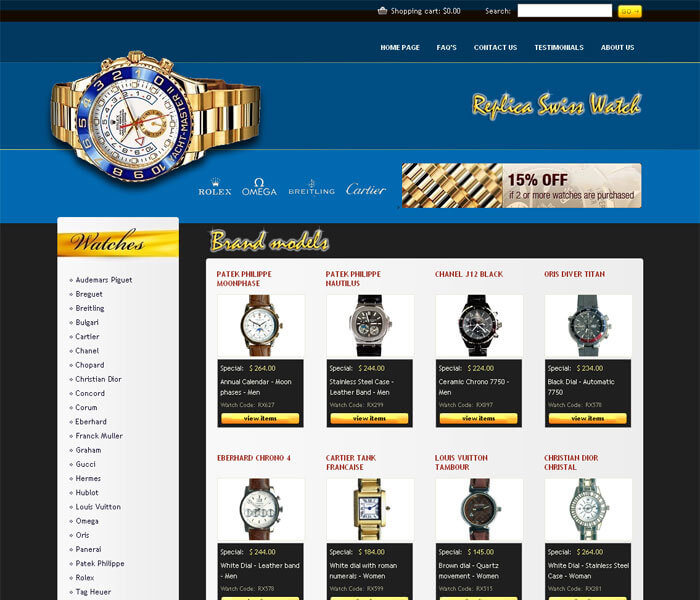Fourth and final part
Like prostitution, drugs, human trafficking and illegal gambling, counterfeiting generates colossal revenues for its ringleaders. It should come as no surprise, then, that organised crime has entered the fray, as counterfeiting is a less serious offence in the eyes of the law. Recent operations carried out in France by the Criminal Investigation Department and the Judicial Customs Department netted large quantities of counterfeit goods in transit with drugs and substantial amounts of cash.
In just one year, it has pulled €2 million worth of auctions of counterfeit leathergoods from the web.
Over the years, major international brands, particularly in the luxury sector, have become experienced in the fight against fakes. Their specialist departments, staffed by intellectual property experts, jurists and investigators, have also adapted to the shift from counterfeiting to cybercounterfeiting. For example, the Louis Vuitton brand (LVMH Group), which is particularly hard hit by counterfeiting of leathergoods, now has a team of 40 people employed full-time in protecting the brand. It has also set up a special Web cell. Hermès has a structure whose brief is to block sites selling fakes and take down auctions of counterfeit Kelly and Birkin bags, with spectacular results: in just one year, it has pulled €2 million worth of auctions of counterfeit leathergoods from the web.
Watchmaking in the front line
Companies in the watch segment can count on the competencies of the Federation of the Swiss Watch Industry (FH) and the support of the Fondation de la Haute Horlogerie (FHH). The FH has a cell of cyber-investigators and jurists working to assist brands. Through this cell, brands can request that website hosts, publishers and search engines suspend or take down sites selling fakes. From a legal standpoint, however, the situation is more complex. In China, for example, prosecuting counterfeiters under criminal law is an arduous task. For every 350 cases, an average of 15 or so reach the courts. Sentencing is also lenient.
Brands can also tackle counterfeiting together, as associations or trade federations. In France, a number of organisations bring together brands working in the same segments, or with shared interests. The Comité Colbert, Comité Vendôme, Union Des Fabricants (UNIFAB), Fédération des Fabricants et des Industries d’Articles de Sport (FIFAS) and Fédération de l’Horlogerie (FH) have drawn up anti-counterfeiting action plans and are developing the most effective strategies in terms of results. France also has its own Cyber-Customs, with a team of 10 analysts and 12 investigators, and the Criminal Affairs Bureau, part of the Gendarmerie. Its role is to optimise resources in the fight against organised crime.
Strength in numbers
As rights-holders continue their fight against fakes, efforts can be stepped up in two areas. Firstly with respect to the consumer: as long as he or she buys counterfeit goods, supply will continue to increase. Secondly, the major brands need to inform customers online how to differentiate between fakes and the genuine article. Regular communication campaigns should be launched that will alert consumers to the consequences of their acts, not to mention the risk of becoming the victim of credit card and bank account fraud, with no real legal recourse. Ultimately, whoever buys counterfeit goods runs the risk of criminal, civil and Customs sanctions.
By keeping the pressure on cybercounterfeiters, the joint action and synergy of state authorities, governments, rights-holders and federations will enable them to implement an effective intelligence strategy to filter out and block counterfeiting on the web.










